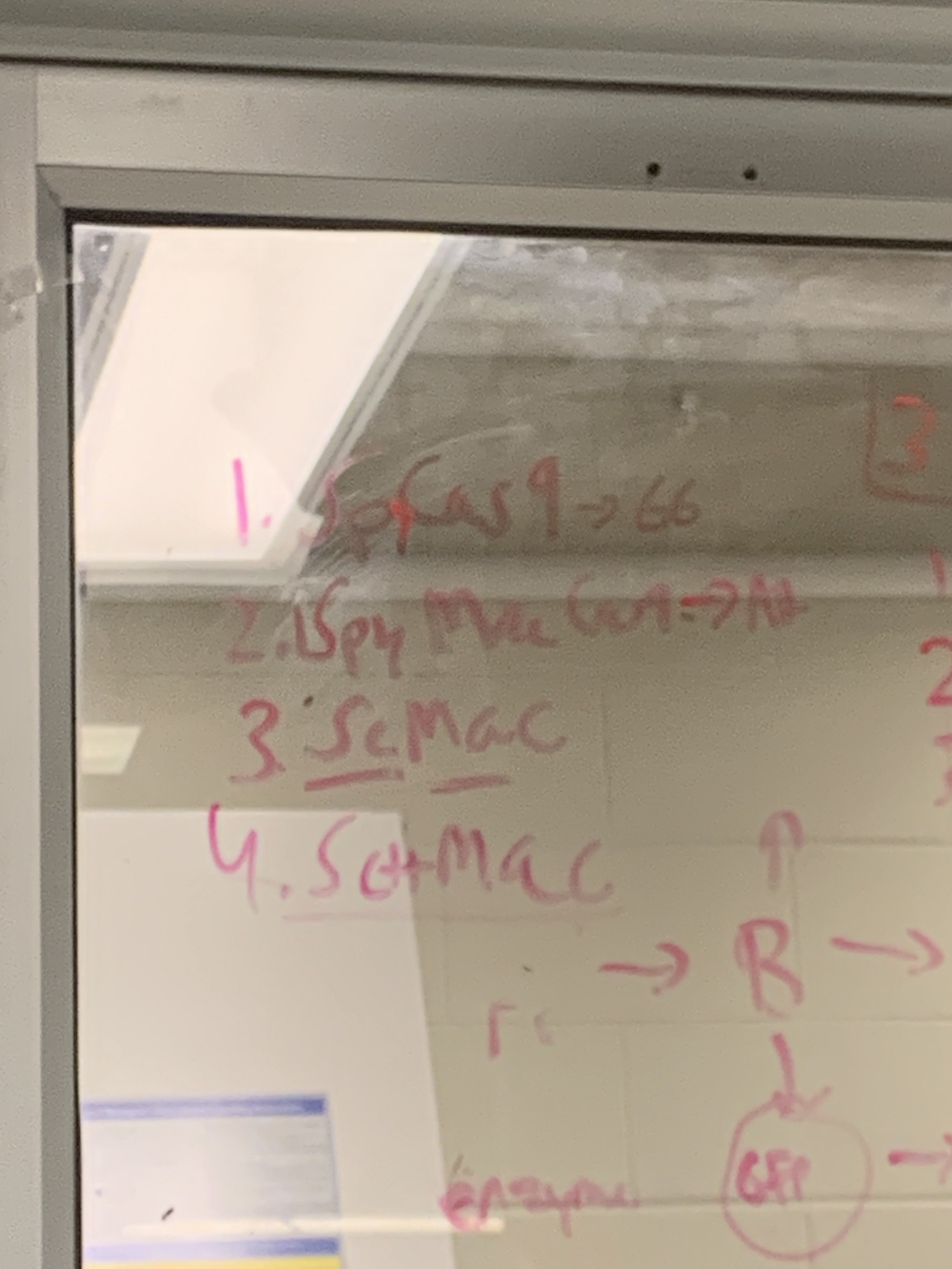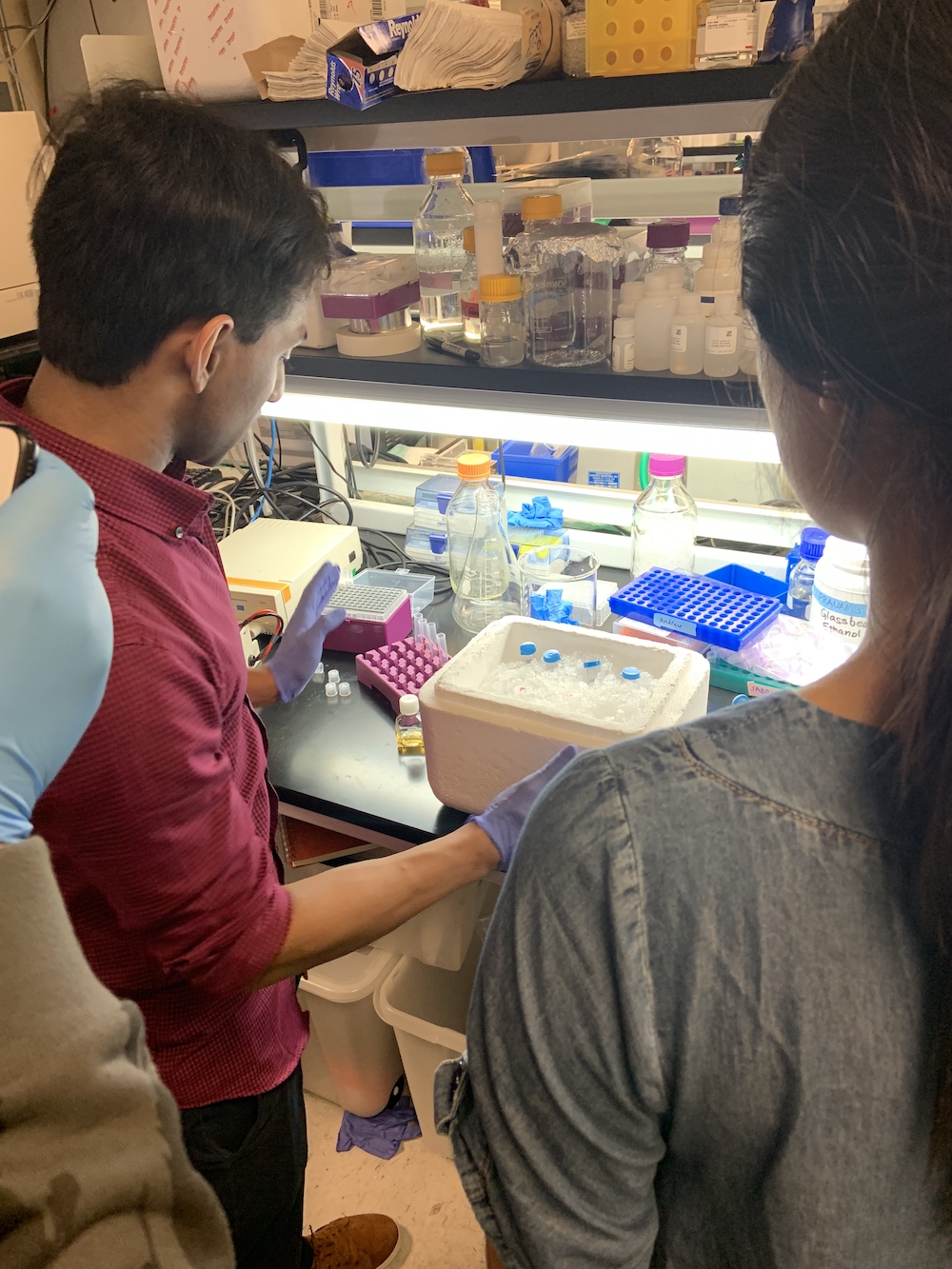GENOME ENGINEERING
The CRISPR-Cas9 system has been successfully harnessed for various genome editing applications, which have a wide range of implications in fields such as medicine, agriculture, bioenergy, and food security. CRISPR systems contain two components: a guide RNA (gRNA) and a CRISPR-associated (Cas) endonuclease. The gRNA is a short synthetic RNA composed of a scaffold sequence necessary for Cas-binding and a user-defined ∼20 nucleotide spacer that defines the genomic target to be modified. Thus, one can change the genomic target of the Cas protein by simply changing the target sequence present in the gRNA. To access specific targets, however, these enzymes require a protospacer adjacent motif (PAM), which is determined by DNA-protein interactions, to immediately follow the DNA sequence specified by the gRNA. The PAM sequence is essential for target binding, but the exact sequence depends on which Cas protein you use. For example, the standardly used Cas9 derived from Streptococcus pyogenes bacteria (SpCas9), for example, requires an 5'-NGG-3’ motif. In this assignment, to evaluate the PAM binding of different Cas9 enzymes, students will implement a previously-developed positive selection bacterial screen based on green fluorescent protein (GFP) expression conditioned on PAM binding, termed PAM-SCANR. Students will walk through the design of the genetic circuit responsible for reporting PAM binding, and introduce various Cas9 enzymes into bacterial cells, already containing the reporter and guide RNA plasmids. On the following day, they will be able to pick GFP+ bacterial colonies and submit for Sanger sequencing to visualize PAMs that were bound by the respective Cas enzymes, and report these results in their lab notebooks and class pages.


